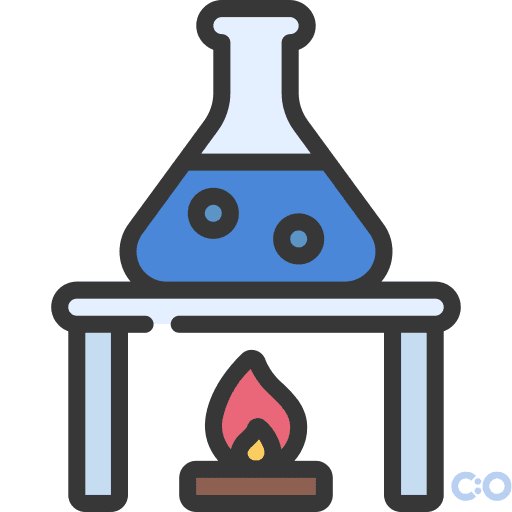Introduction
Burning is one of the oldest methods used for determining fiber class. In this test, the questioned specimen fiber is ignited over the burner. Do forensic scientists then determine the behavior of the specific fiber, such as how it burn? Does it catch fire immediately? What odor does it produce while burning? Does it continue to burn after it is removed from the flame source? What does the residue look like? And much more. It efficiently helps in identifying the specific fiber or narrows down the possibility.
Fiber is divided into five main classes: animal fibers, plant fibers, artificial fibers, reconstituted fibers, and mineral fibers. Each class has its own burning behavior as follows:
- Animal fibers burn immediately and have an ammonia-like odor of burning hair.
- Plant fibers also burn quickly and produce a smell similar to burning paper.
- Artificial fibers melt upon burning and give the acrid smell of burning plastic.
- Reconstituted fibers reduce the smell same as that of natural precursors (cellulose). It is difficult to discriminate them from natural plant fibers.
- Mineral fibers do not burn or produce any odor at all.
Generally, for known fibers, Multifibre fabric #43 is used. It includes specimens of spun diacetate, SEF (modacrylic), filament triacetate, bleached cotton, Creslan 61 (acrylic), Dacron 54 (polyester), Dacron 64 (polyester), Nylon 66 (polyamide), Orlon 75 (acrylic), spun silk, polypropylene (polyolefin), viscose (rayon), and worsted wool.
Some fibers are coated with oil, starch, wax, or other coating materials, which hinders the accuracy of the test. So, preliminary cleaning of the fibers (Boiling off) should be done to avoid this problem. It involves boiling fiber for a few minutes in deionized or distilled water. If simple boiling off does not work, you can also use a warm diluted solution of hydrochloric acid or sodium hydroxide (0.1M), followed by rinsing.
Apparatus
Procedure
- Wear gloves, goggles, and protective clothing before performing the experiment.
- Take different questioned specimens and store each one of them in a labeled container.
- Take out the first Multifiber fabric #43 from the FK01 kit by using forceps.
- Ignite the burner and bring the multifiber fabric close to the flame. (Do not bring it in direct contact with flame.)
- Carefully observe whether the fiber ignites, curls, or melts.
- Record your observations in the notebook.
- Now bring one end of the fiber directly in contact with the flame.
- Observe the behavior of the fiber, i.e., whether it ignites immediately, melts, or burns.
- Record your observations in the notebook.
- Take the fiber away from the flame and observe if it continues to burn or extinguish.
- If the burning continues, observe the pattern, i.e., if it is an open flame or it smolders with glowing tips.
- Record your observations in the notebook.
- Repeat all the above steps for each of your Multifiber Fabric #43 known fiber specimens.
- Take your first questioned fiber specimen and remove some of its threads.
- Perform the burning test and note down your observations in the notebook.
- Compare your results with those obtained from known specimens to identify your first questioned specimen.
- Repeat all the above steps for your remaining questioned fiber specimens.
Strengths and limitations
Strengths
The burning method helps determine the fiber class or narrow down the possibility.
Limitations
The burning test does not always accurately tell us about the specimen fiber. It means that questioned specimen requires other tests for efficient results.
Precautions
- Wear splash goggles, gloves, and other protective clothing to avoid contamination of specimens.
- Be careful while working with the flame.
- Carry out preliminary cleaning (where required) to get rid of oil, starch, wax, etc.
- For accurate results, you can repeat burning tests on known specimens to identify the questioned specimens.
Summary
- The burning test identifies the fiber class.
- It is one of the oldest methods in which the fiber is burnt over a flame.
- Different fibers have different burning behaviors.
- Always perform preliminary cleaning for fibers coated with oil, wax, or starch.


